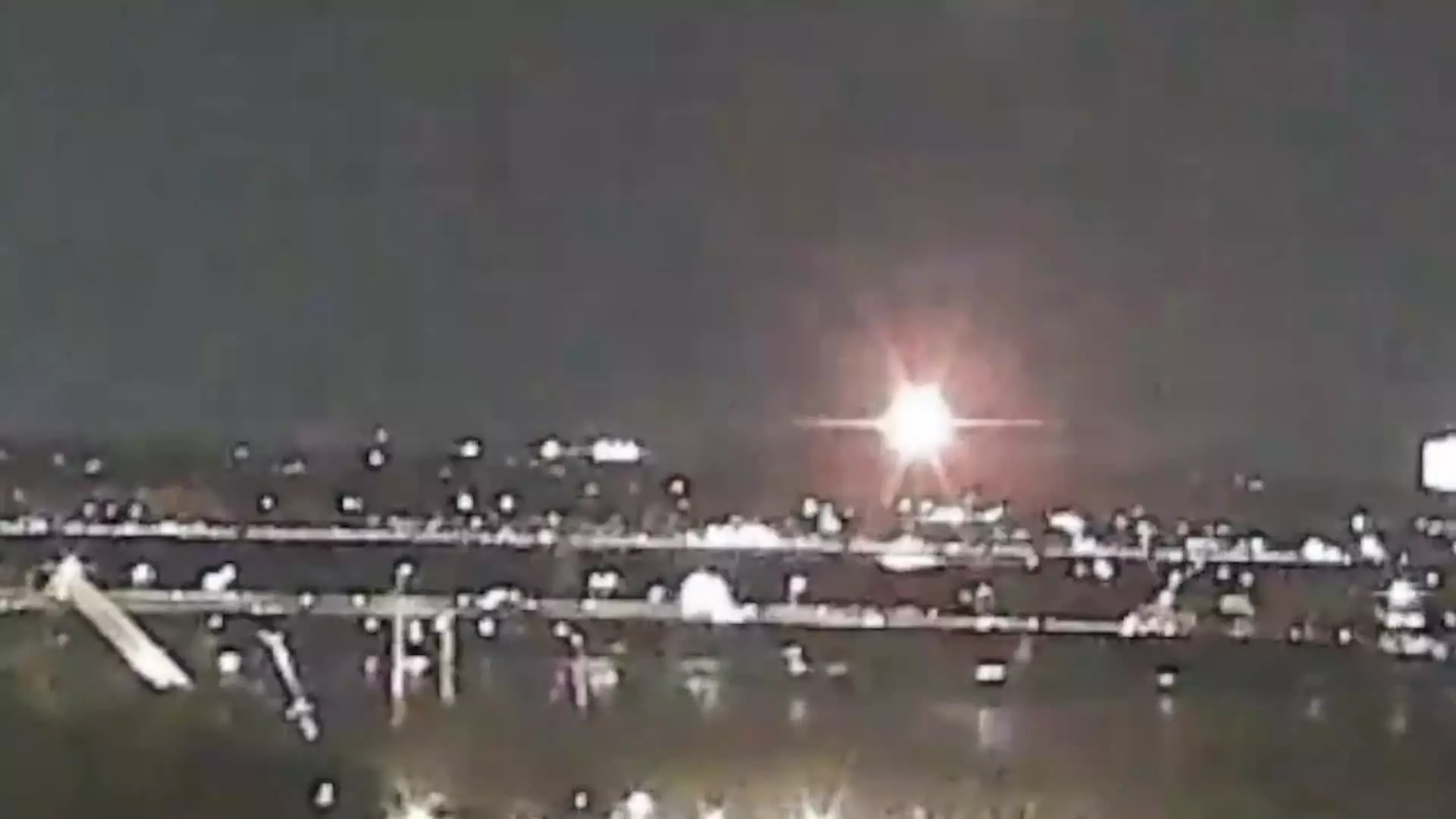In a startling turn of events on a Wednesday night that will haunt the realms of aeronautics, a midair collision occurred between a military Black Hawk helicopter and an American Airlines regional jetliner. This catastrophic incident not only ended a long streak of commercial air travel safety, but also marked the most severe air disaster in the United States in over a decade and a half. The ill-fated flight, American Eagle Flight 5342, was making its approach toward Ronald Reagan Washington National Airport when it met with disaster at an alarming altitude of just 300 feet. The statistics are harrowing: the regional jet, operated by PSA Airlines, was carrying 64 souls—60 passengers and four crew members. The aftermath was immediate and devastating, as rescue teams hurriedly attempted to recover those who fell into the icy Potomac River following the crash.
Local authorities quickly reported that rescuers faced significant challenges due to high winds and adverse weather conditions as they braved the frigid waters. The images of emergency responders working tirelessly to retrieve passengers and the gravity of the loss began filtering through news outlets. Senator Ted Cruz, who chairs the Senate Committee on Commerce, Science, and Transportation, grimly acknowledged the possibility of fatalities through a statement on social media, accentuating the urgency of the situation. Reputable sources like NBC News4 verified the distressing reports of bodies being recovered from the river, sealing the grim fate of countless families who awaited news.
The contrast of this tragedy against the backdrop of U.S. aviation safety is striking. The country has enjoyed an extended period free from fatalities in commercial airline travel, a feat unthinkable in prior generations. Until this incident, the last deadly crash involving a U.S. commercial passenger airline occurred back in February 2009 with Continental Flight 3407, which tragically claimed 50 lives. Experts had long pointed to enhanced safety measures and federal regulations for pilots—established after previous accidents—as the primary reasons behind the remarkable decline in fatal incidents. As safety investigator Jeff Guzzetti stated, “It’s extremely safe. Even with this accident, I’ll say it’s extremely safe.” But such assurances can only provide limited comfort in the wake of profound loss.
With the dust still settling from the initial shock, the National Transportation Safety Board (NTSB) has stepped in to oversee a comprehensive investigation. This meticulous process ascertains the factors that contributed to the collision and is expected to encompass input from numerous stakeholders, including the Federal Aviation Administration (FAA), American Airlines, labor unions representing the crew, and various other parties. The NTSB will scrutinize a range of materials, from air traffic control tapes to cockpit recordings, leaving no stone unturned in their quest for answers. However, it is essential to note that while preliminary findings may emerge, a final report detailing root causes can take months, or even years, before being released—an agonizing wait for affected families seeking closure.
This incident poses a significant dilemma for the Biden administration as well, particularly for President Donald Trump, who has yet to appoint a permanent head to the FAA following Mike Whitaker’s departure. The FAA, in its efforts to bolster safety ahead of this tragic event, had previously laid out plans to eliminate close calls at airports, yet this incident will undoubtedly complicate these endeavors. In a field as heavily regulated as aviation, the government’s response and implications for regulations may lead to more stringent oversight in the future.
As we reflect on this tragic collision, it becomes clear that while air travel remains one of the safest modes of transportation, tragedies such as this remind us of the vulnerabilities within even the most robust systems. The ensuing investigation will not only aim to reveal the causes of this accident, but must also serve as a catalyst for improving safety measures, drawing from lessons learned to ensure that history does not repeat itself. The aviation community and the public alike will be watching closely, and our hearts will remain with those impacted by this horrendous event.


Leave a Reply